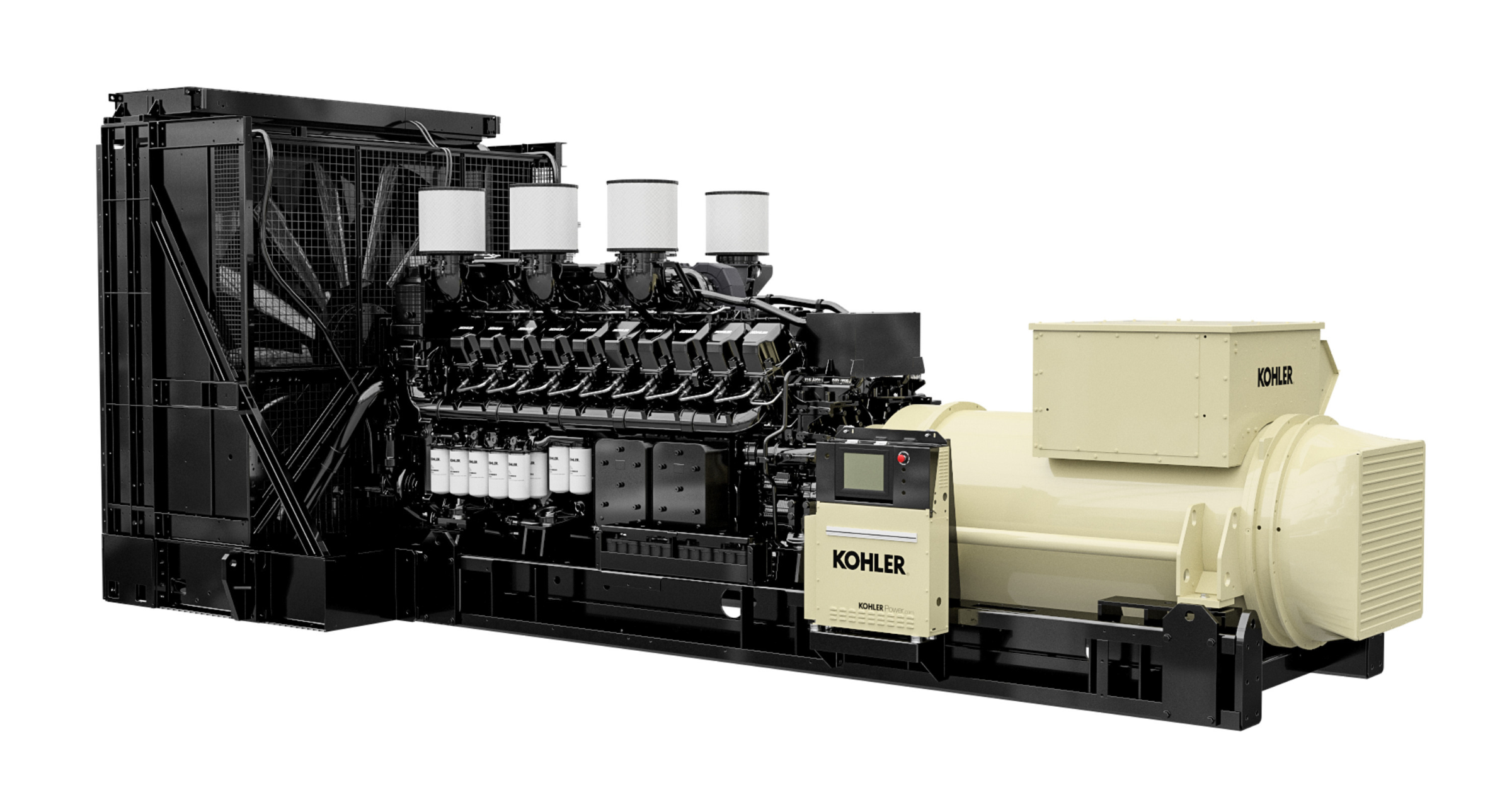How Kohler’s In-House Engineering Translates To Equipment Reliability
The engineering process involved in creating a backup generator entails numerous considerations, ranging from block heaters and chargers to start circuits and starters. How does the Kohler engineering team consistently surpass industry performance standards while addressing all these requirements? To answer that question, Kohler’s Ian Golter sat down with JSA TV to talk about designing for reliability and resiliency.
Generators for Data Centers: Kohler’s Design Process
In-house engineering starts with a strong design development process, and for Golter, that process starts with solid research.
“Our design process is very much customer driven. We take a lot of feedback, both from direct customers that we have ongoing experience with, as well as specs and standards that are available throughout the industry,” explains Golter. “We'll collect that all when we're establishing a new product, and we'll lay out the criteria for it. So really that leads us to design our product with reliability in mind from the ground up.”
Generators for Data Centers: Testing the Difference
Another important aspect of that process is testing. At Kohler, new products are tested for thousands of hours to verify capability. It’s part of ensuring that the equipment can both perform in harsh conditions, and also that it can do so for the full length of its lifetime. Kohler even tests generators within an enclosure, onsite.
Golter explains: “With in-house enclosure production, that allows us to put the units in an environment that they would be in in the field and really test them in a complete enclosure assembly.”
This in-house testing provides a unique avenue to ensure product quality.
“Having that capability within our own facilities lets us have those engineering and quality feedback loops communicate more clearly and more quickly,” says Golter.
This in-house enclosure design and testing is also an example of another important aspect of the engineering process: vertical integration. Whenever possible, Kohler strives to maintain control over parts quality through internal production of not just the engines and the enclosures, but also alternators, controllers, switch gear, and more. That allows Kohler to “wholly own the process from product development to production, out through sale, and then lifetime management of it,” in the words of Golter.
When vertical integration isn’t possible, however, Kohler still aims to look at their supply chain through a lens of engineering quality. “We will bring vendors on but we'll very closely tie them into our process,” explains Golter. “We'll get engineering involved and establish specs for our vendors to adhere to, and then we'll do quality review. So we maintain a team of supplier quality engineers that helps us control vendor quality.”
To hear Golter talk about these topics in more detail, as well as Kohler’s approach to other subjects like custom specifications, Tier 4 compliance, and a sneak peek at a newly designed eFrame, watch the full interview below:
To discover more about Kohler’s total system integration for data centers, click here. Or, to learn more about Kohler’s engineering team, click here.
